
Roots
In the vast landscape of human expression, few elements speak with the quiet authority and persistent resonance of hair. It is a biological marvel, certainly, but for communities across Africa, particularly those with deeply textured strands, hair has always been a profound historical archive. We explore the nuanced ways that comb designs varied across African regions, not merely as an academic exercise, but as a path to understanding the soul of a strand itself. Each tooth, each curve, each carved symbol on these ancient implements carries ancestral echoes, linking us directly to the ingenuity and aesthetic sensibilities of those who came before.
These combs represent more than tools for detangling or styling; they are historical artifacts, rich with meaning, reflecting social standing, spiritual beliefs, and communal identity. Consider the way a comb’s design could signal a person’s age, marital status, or tribal affiliation in many African societies. This practice highlights how grooming rituals were, and remain, acts of cultural preservation and self-declaration.
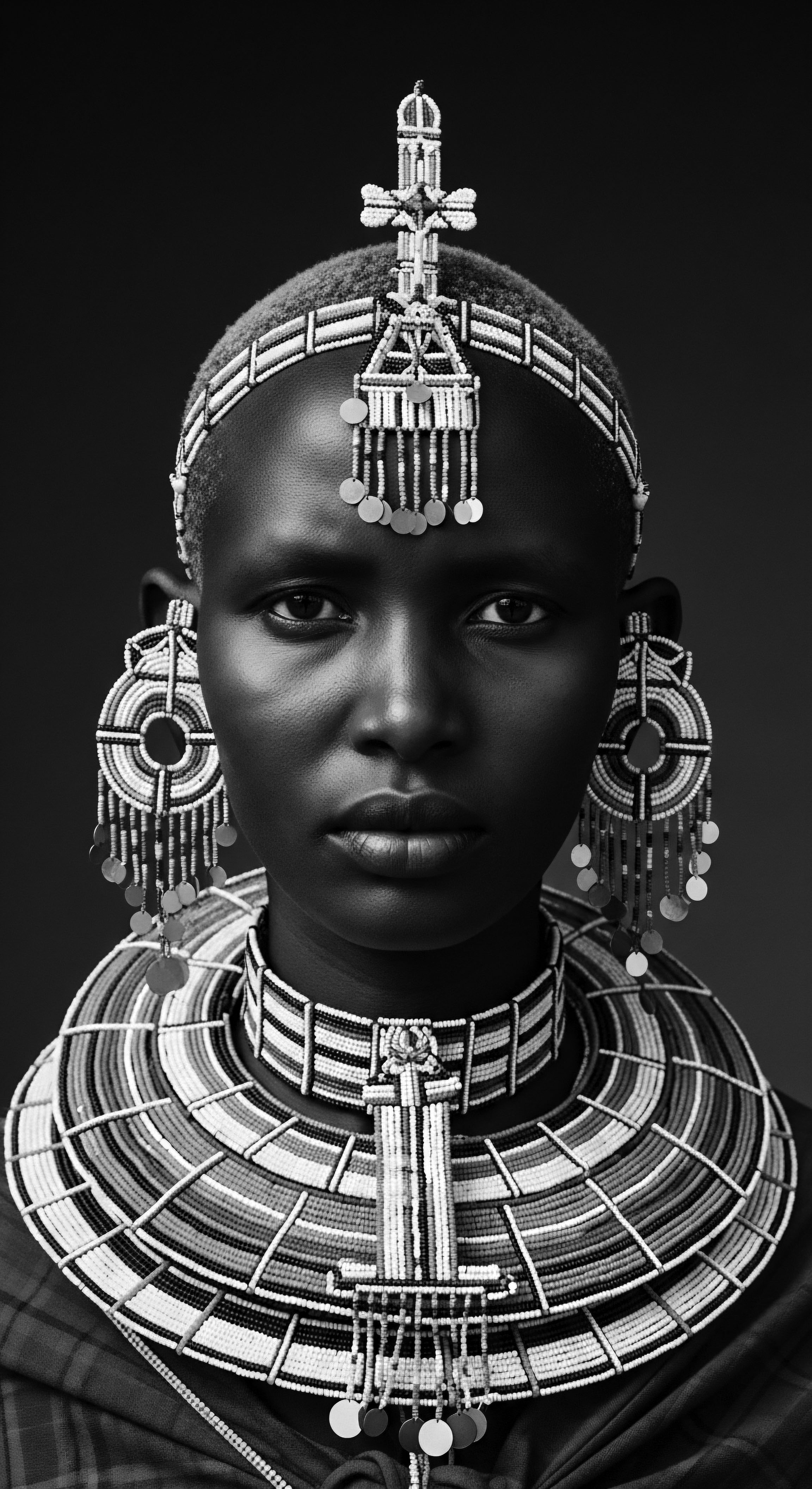
What Wisdom Do Ancient Combs Whisper?
The journey to understand comb designs begins in deep antiquity. Archaeological finds from Kush and Kemet, now known as Sudan and Egypt, reveal that combs existed over 5,500 years ago, perhaps even as far back as 7,000 years. These early implements, crafted from wood, bone, and ivory, often accompanied their owners into burial, signaling the sacred nature of hair and its care tools. The very materials chosen held significance.
Hardwoods, olive wood, and mahogany were selected for durability and their fine texture, making them suitable for manipulating diverse hair types. Fish bones even served as comb material, likely assisting in the even distribution of oils throughout hair.
Combs from African regions are not just styling tools; they are venerable artifacts, carrying the weight of history and the spirit of ancestral practices.
The earliest documented combs from ancient Egypt, some dating to 3900 BCE, feature elaborate animal motifs such as giraffes, ostriches, and wildebeests. Scholars speculate these depictions related to ritualistic hunting and might have been worn during festivals, underscoring a deep connection between tools, nature, and ceremonial life. These items were practical and served as status symbols, artistry, and even held spiritual importance.

Regional Signatures in Early Comb Craft
Across the vast continent, regional variations in comb design developed, influenced by local resources, cultural practices, and aesthetic preferences. While a broad category of ‘African wooden combs’ exists, distinct patterns emerged from north to south, east to west. These differences were not accidental; they reflected localized knowledge systems and artistic traditions. For instance, archaeological research in the Lower Congo region suggests the presence of distinctive comb-impressed pottery dating back to the fourteenth century, indicating the early use of combs in material culture and possibly in the marking of ceramics.
Below, a brief examination of early regional distinctions provides a clearer view:
- North African Combs ❉ Crafted from olive or other hardwoods, these combs typically bore simple lines and rounded curves. Decorations often included geometric patterns and plant motifs, reflecting regional artistic styles.
- West African Combs ❉ Often fashioned from rubber wood or mahogany, these designs favored intricate shapes, sometimes with copper wire inlay or carved relief. Animal patterns and plant forms frequently appeared, speaking to local symbolism. The Akan people of Ghana, for example, created combs known as Duafe, which were often gifted to women on special occasions.
- South African Combs ❉ Utilizing various woods like red sandalwood, these combs displayed diverse design styles, from simple contemporary forms to traditional ethnic expressions. Hand-carved decorations were common, showcasing skill.
The physical characteristics of these combs, such as the spacing of their teeth, were directly related to the hair textures they were meant to serve. Wide-tooth combs, for example, were suited for thick or curly hair, allowing for easy separation without causing undue stress.
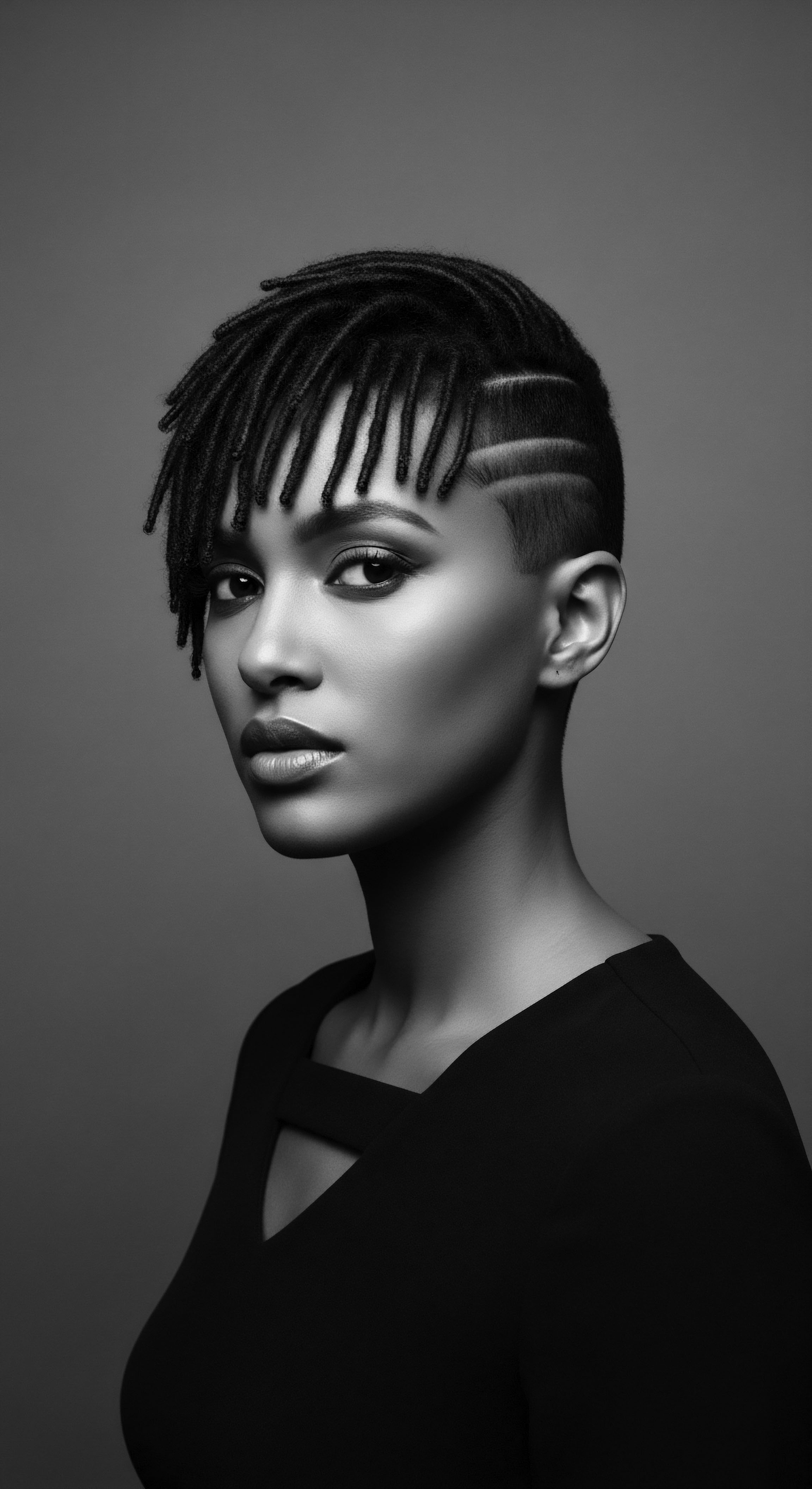
Ritual
The act of combing hair in African communities often transcended mere hygiene; it was a ritual, a communal gathering, a moment for storytelling, and a silent conversation between generations. Combing was an act of care, steeped in ancestral wisdom and collective memory. The very designs of combs, varying widely from one region to another, became integral to these deep-seated practices, transforming a utilitarian object into a ceremonial artifact, a symbol of belonging, or even a statement of defiance.
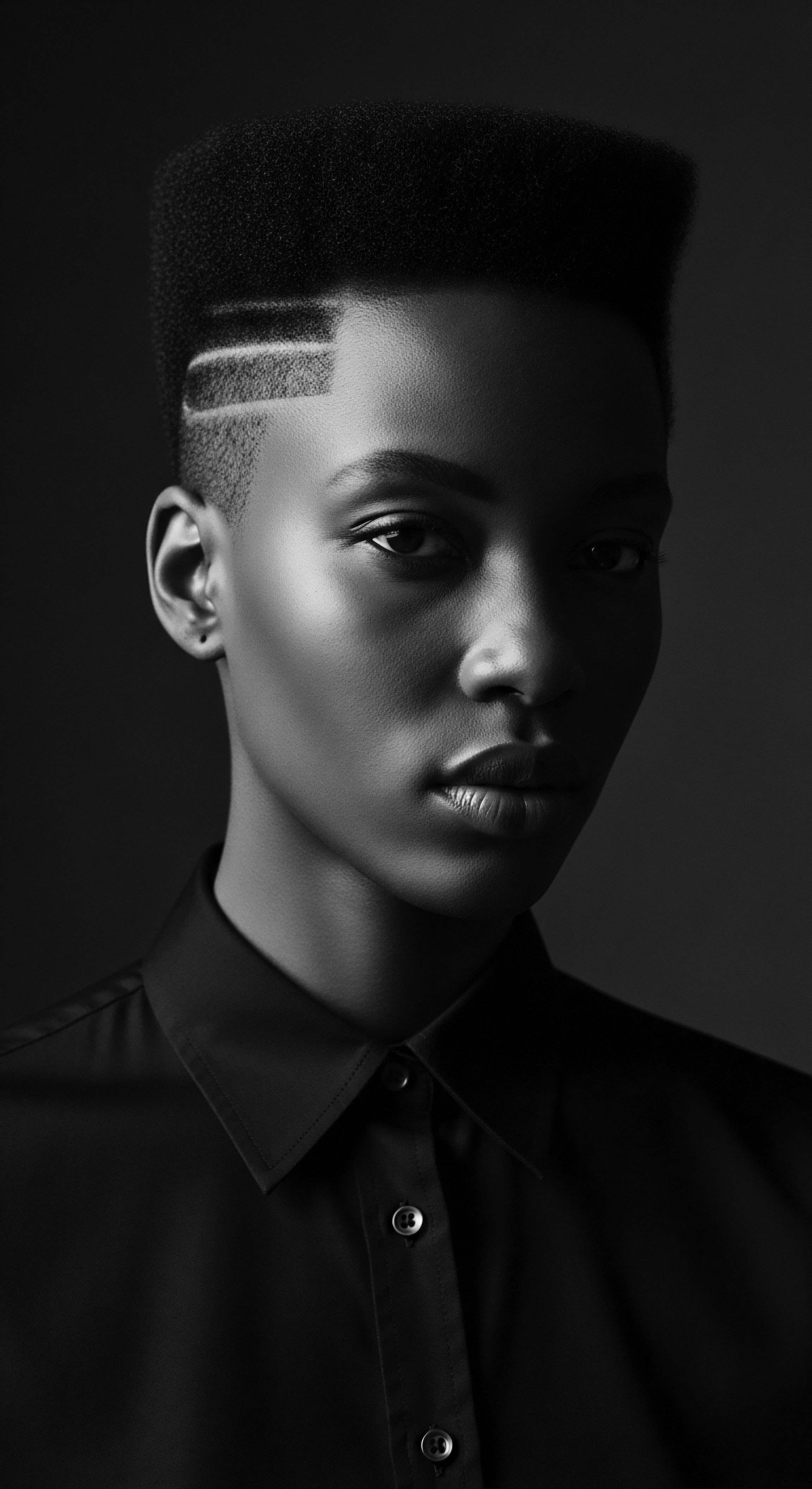
How Did Design Speak Social Language?
In many African cultures, comb designs communicated identity, social status, and group affiliation. This visual language was particularly strong in West Africa. Among the Akan people of Ghana, for instance, combs known as Duafe were more than grooming tools; they were significant gifts, often presented by men to women during important life events such as puberty celebrations, weddings, or births. The iconography etched onto these combs held layers of meaning, drawing from Akan legends and proverbs.
A comb might feature the Sankofa bird, its head turned backward, symbolizing the wisdom of learning from the past to move forward. Other motifs included royal swords, umbrellas, and stools, alluding to royal lineage and status. The presence of specific animals like a chameleon could signify transformation. The care put into these combs made them cherished objects, sometimes even proudly displayed within households as prized possessions.
Comb designs served as a silent lexicon, expressing social standing, spiritual beliefs, and the very essence of a community’s identity.
Consider the Luba people of the Democratic Republic of Congo. Their wooden combs often display carved female figures, reflecting the prominent role of women in Luba society and their spiritual significance as intermediaries between the living and ancestral worlds. These combs bear witness to the Luba people’s creativity, spirituality, and aesthetic sophistication.
| Region/Culture Ancient Egypt (Kemet) |
| Typical Materials Wood, Bone, Ivory |
| Symbolic Motifs Animals (gazelles, giraffes, ostriches, wildebeests), Lotus Flowers |
| Primary Cultural Function Status symbol, ritual object, personal adornment, hygiene |
| Region/Culture Akan (Ghana) |
| Typical Materials Wood (duafe) |
| Symbolic Motifs Sankofa bird, royal swords, umbrellas, stools, human figures, animals, trees |
| Primary Cultural Function Gift marking life events, status, wisdom, beauty, feminine qualities |
| Region/Culture Luba (Congo) |
| Typical Materials Wood |
| Symbolic Motifs Female figures, motifs tied to founding myths, royalty, religious beliefs |
| Primary Cultural Function Art object, beauty rituals, spiritual connection, social role of women |
| Region/Culture Dogon (Mali) |
| Typical Materials Wood, Bronze |
| Symbolic Motifs Hornbill, chameleon, abstract symbols representing life wishes |
| Primary Cultural Function Adornment, detangling, offered to young brides, spiritual significance |
| Region/Culture Comb designs across African regions illustrate deep cultural meaning, from marking social standing to expressing spiritual connections. |
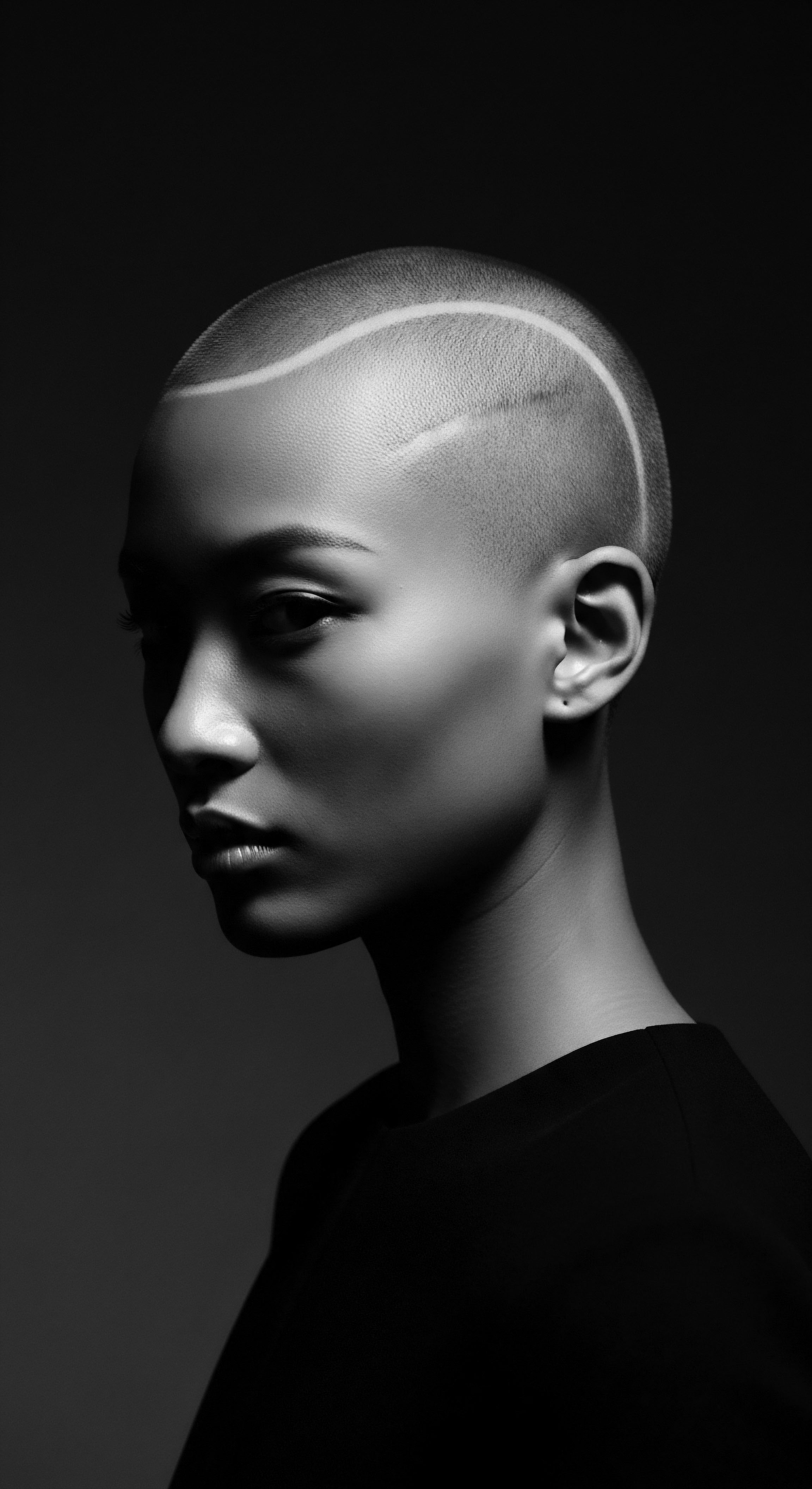
What Ancestral Practices Guided Comb Creation?
The creation of combs was often a specialized skill, passed down through generations. The choice of material was deliberate, favoring those that would be gentle on textured hair. Natural wood, such as rubber wood and mahogany, were favored for their strength, durability, and smooth textures, making them ideal for hair and scalp.
The process of carving these tools required precision, particularly given the natural irregularities of raw materials. Even imperfections were accepted, a testament to the human hand at work.
The design of comb teeth also varied, adapting to the diverse range of textured hair. Wide-tooth combs, common across many African societies, were essential for managing thick or curly hair, preventing damage and allowing for easier manipulation. This was a direct response to the biological characteristics of African hair types, which often possess a larger width between teeth. These combs facilitated the detangling and definition of styles, a practice deeply ingrained in self-care rituals.
In the Mali Empire, for example, hair oiling was a slow, deliberate ceremony. Combs, carved from bone, were used with practiced hands to distribute fragrant oils. These oils, some containing beeswax or local plants like lemongrass, were not only for softening hair but also held symbolic and even medicinal properties. The care rituals surrounding combs often reflected deeply held beliefs about hair as a conduit for spiritual energy, connecting individuals to the divine.
Consider the Dogon people of Mali, whose bronze combs, besides their practical function, were offered to young brides and bore patterns translating life wishes. This practice highlights the comb’s spiritual role in rites of passage and its association with new beginnings and blessings.

Relay
The journey of African comb designs extends from ancient ritual to contemporary meaning, a living lineage carried through generations. These objects, initially fashioned from raw earth and wood, convey stories of endurance, resilience, and the relentless spirit of people to preserve their heritage despite attempts at cultural erasure. The comb stands as a testament to continuity, evolving in form and material, yet retaining its fundamental connection to textured hair and the experiences of Black and mixed-race communities.

How Did Global Shifts Alter Comb Forms?
The transatlantic slave trade presented a profound disruption to African cultural practices, including hair care rituals. Enslaved Africans often experienced forced head shaving, a calculated measure meant to strip them of their identity and cultural ties. European beauty standards demonized textured hair, deeming it “unprofessional” or “wild.” Access to traditional tools became scarce, compelling people to craft combs from available materials such as wood, metal scraps, or animal bones. Despite these challenges, the knowledge of textured hair care, along with the significance of its tools, persisted through whispers and adaptive practices.
Braids, for example, became secret maps for escape. This historical period profoundly shaped the trajectory of comb design and its meaning in the diaspora, transforming it into a symbol of resistance and a declaration of self-worth.
The late 19th and early 20th centuries saw ethnographic photographs reveal combs used for varied purposes ❉ status symbols, hair decoration, and practical tools, corroborating evidence from ancient Egyptian burials. Parallels exist in decorative techniques used in Kemet and West African cultures, demonstrating a continuity of artistic expression even through historical shifts.
| Historical Period Ancient (5,500 – 3,000 BCE) |
| Predominant Materials Wood, Bone, Ivory, Fish Bones |
| Cultural Significance Sacred tools, burial offerings, status symbols, ritualistic hunting motifs |
| Regional Examples / Notes Kush, Kemet (Sudan, Egypt), earliest evidence of beeswax use in hair |
| Historical Period Early to Mid-Colonial Era |
| Predominant Materials Wood, Metal Scraps, Animal Bones (repurposed) |
| Cultural Significance Resistance, cultural preservation, maintaining identity under duress |
| Regional Examples / Notes Diaspora communities improvising tools when traditional access denied |
| Historical Period Mid-20th Century (1960s-1970s) |
| Predominant Materials Plastic (mass-produced), Wood, Metal |
| Cultural Significance Political symbol, Black Power movement, assertion of Black identity |
| Regional Examples / Notes The "black fist" afro pick became a widely recognized symbol of defiance |
| Historical Period Contemporary |
| Predominant Materials Plastic, Metal, Wood, Silicone, various synthetics |
| Cultural Significance Hair wellness, self-care, cultural pride, fashion accessory, collector's item |
| Regional Examples / Notes Continual innovation for varied hair types, global appreciation for cultural artistry |
| Historical Period The materials and meanings of combs have adapted through time, always echoing their deep ties to cultural and personal identity. |

What Enduring Legacy Do Comb Designs Hold?
The latter half of the 20th century saw the resurgence of the Afro comb, taking on significant cultural and political meaning during the Civil Rights and Black Power movements. The iconic “black fist” handle, first introduced in 1969 by Samuel H. Bundles, Jr. and Henry M.
Children, became a symbol of Black pride and a wearable protest. Wearing such a comb was a visible declaration of identity, a statement against assimilation. This period marked a powerful reclamation of textured hair and its associated tools, transforming the comb into an emblem of empowerment.
The cultural importance of combs also extended to protective styling. The Bantu knots, often associated with the Zulu people of Southern Africa, are a protective hairstyle that relies on proper detangling tools, including wide-tooth combs, for their creation and maintenance. This highlights how comb designs directly supported and facilitated ancestral styling techniques, which served both aesthetic and health purposes for textured hair.
Even today, traditional African combs are viewed as collector’s items and works of art, displayed in museums globally, such as the Fitzwilliam Museum at Cambridge University. These pieces demonstrate that the fundamental style and purpose of many combs have not changed over millennia. Combs continue to serve as a connection to roots, literally and culturally, resisting beauty standards that historically excluded textured hair.
- Historical Artifacts ❉ Combs are not just tools but historical documents, preserving information about ancient civilizations’ aesthetics, beliefs, and daily lives.
- Symbols of Identity ❉ They represent group affiliation, social status, and personal expression across various African societies and the diaspora.
- Cultural Continuity ❉ Despite periods of suppression, the practices and meanings associated with combs have persisted, adapting and re-emerging as powerful symbols of heritage.
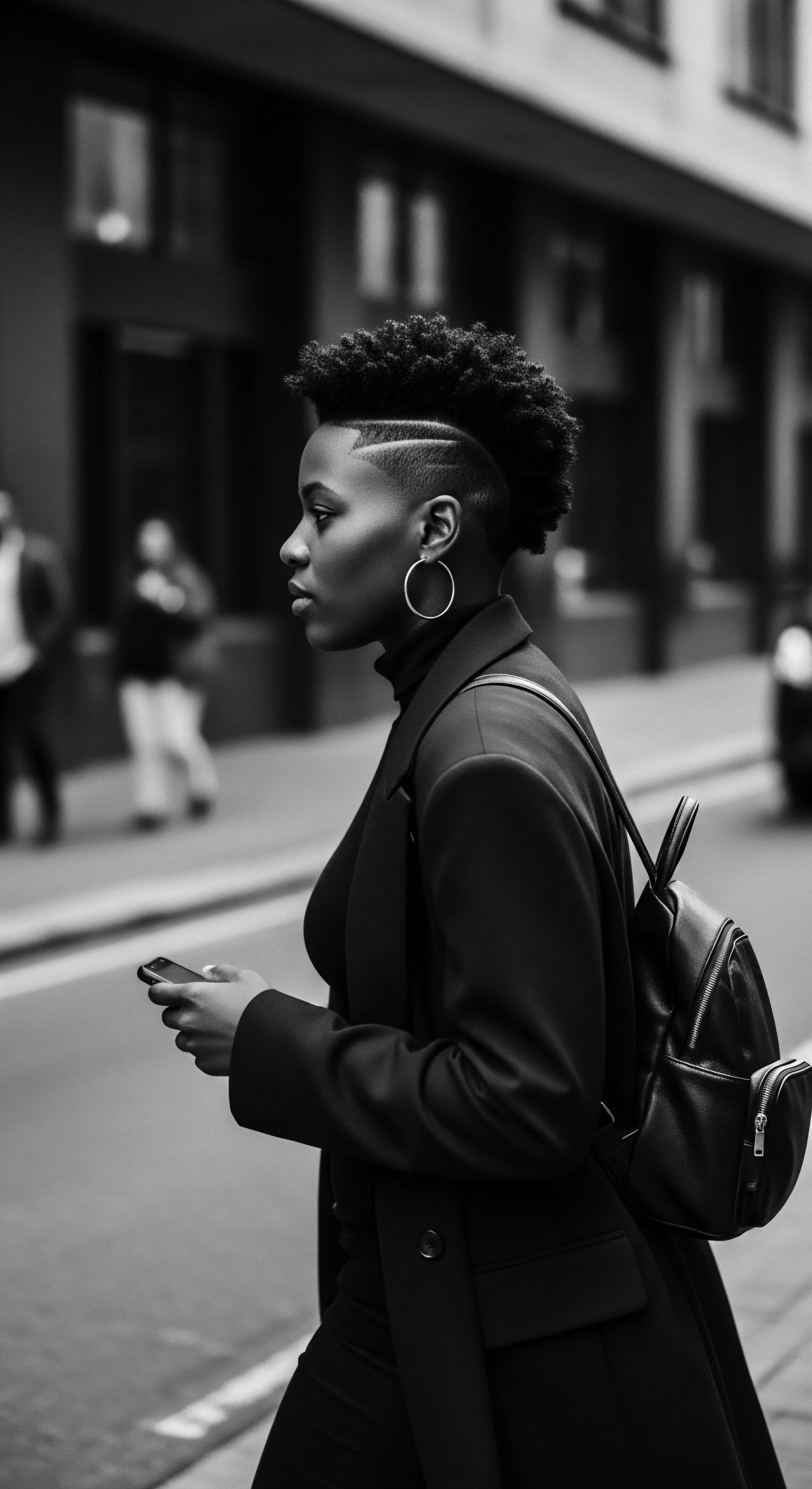
Reflection
The journey through the varied comb designs across African regions reveals a profound truth ❉ these simple instruments are far from ordinary. They are living archives, whispering the stories of ancestral practices, communal bonds, and individual expressions of identity. Each ridge, each curve, each carefully chosen motif speaks to a lineage of care, creativity, and resilience deeply rooted in the textured hair heritage of African and diasporic communities. The combs embody an enduring dialogue between the tactile world of grooming and the unseen realms of spiritual belief and social meaning.
They remind us that the tender care of a strand is, at its core, a sacred act, connecting us to a vast, vibrant history that continues to shape our understanding of self and belonging. The legacy of these combs is not static; it lives in every careful detangle, every proud style, every moment of self-acceptance inspired by the wisdom passed down through generations. These tools, in their myriad forms, stand as quiet sentinels of a heritage that will continue to flourish and inspire.
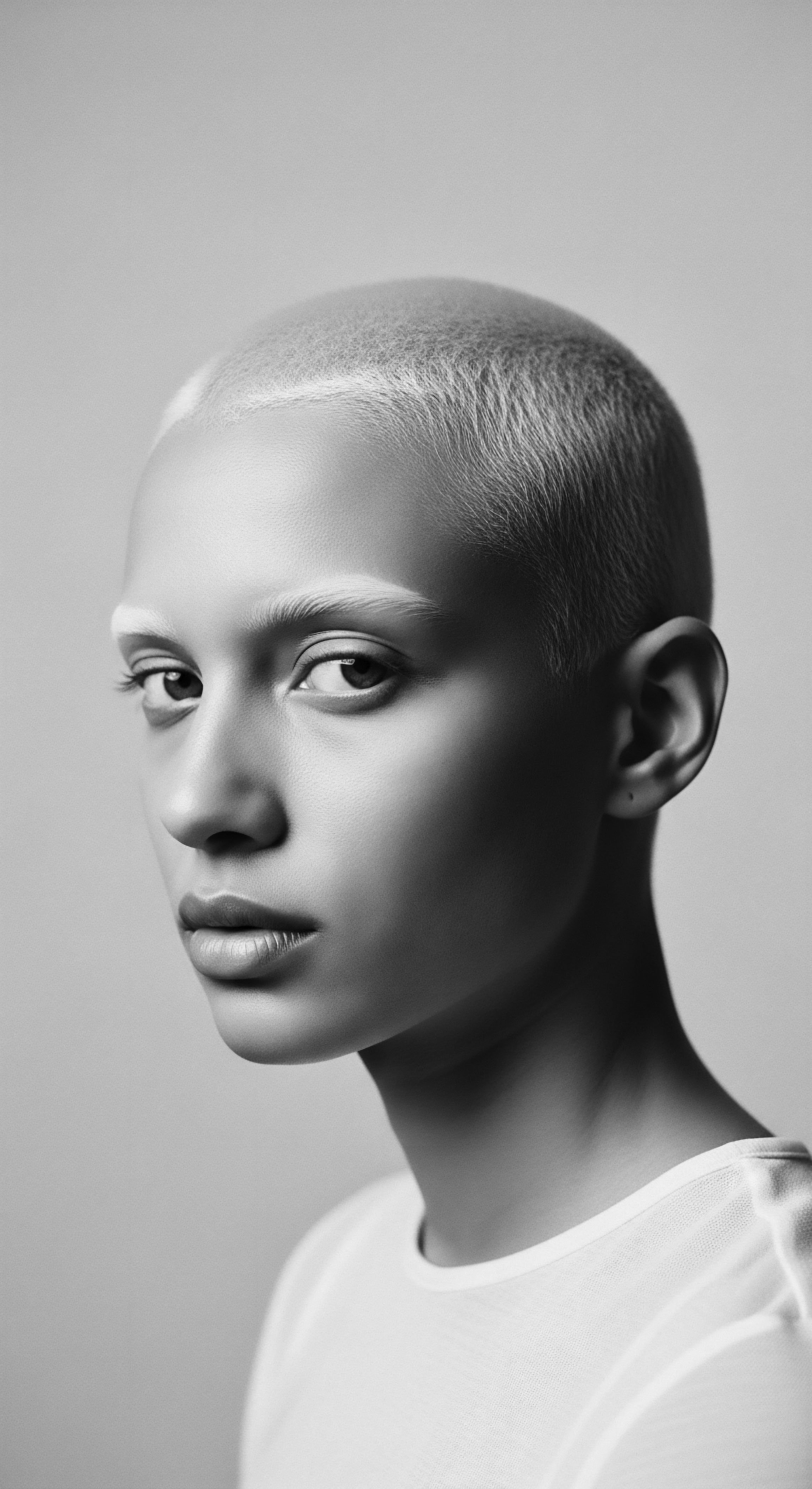
References
- Ashton, Sally-Ann. 6,000 Years of African Combs. The Fitzwilliam Museum, University of Cambridge, 2013.
- Dunne, Julie. “Archaeologists Have Found Traces of Beeswax in Ancient African Pots, Suggesting It Was Used as a Sweetener 3,500 Years Ago.” Artnet News, 2021.
- Jahangir, Rumeana. “How does black hair reflect black history?” BBC News, 2015.
- Tulloch, Carol. “The African Tales of The Historical 7000 Year Old Afro Comb.” Africa Rebirth, 2022.
- Zahran, Sara & Ibrahim, Fatma. “The role of the hair in ancient Egypt.” International Journal of Tourism and Hospitality Management, 2014.
